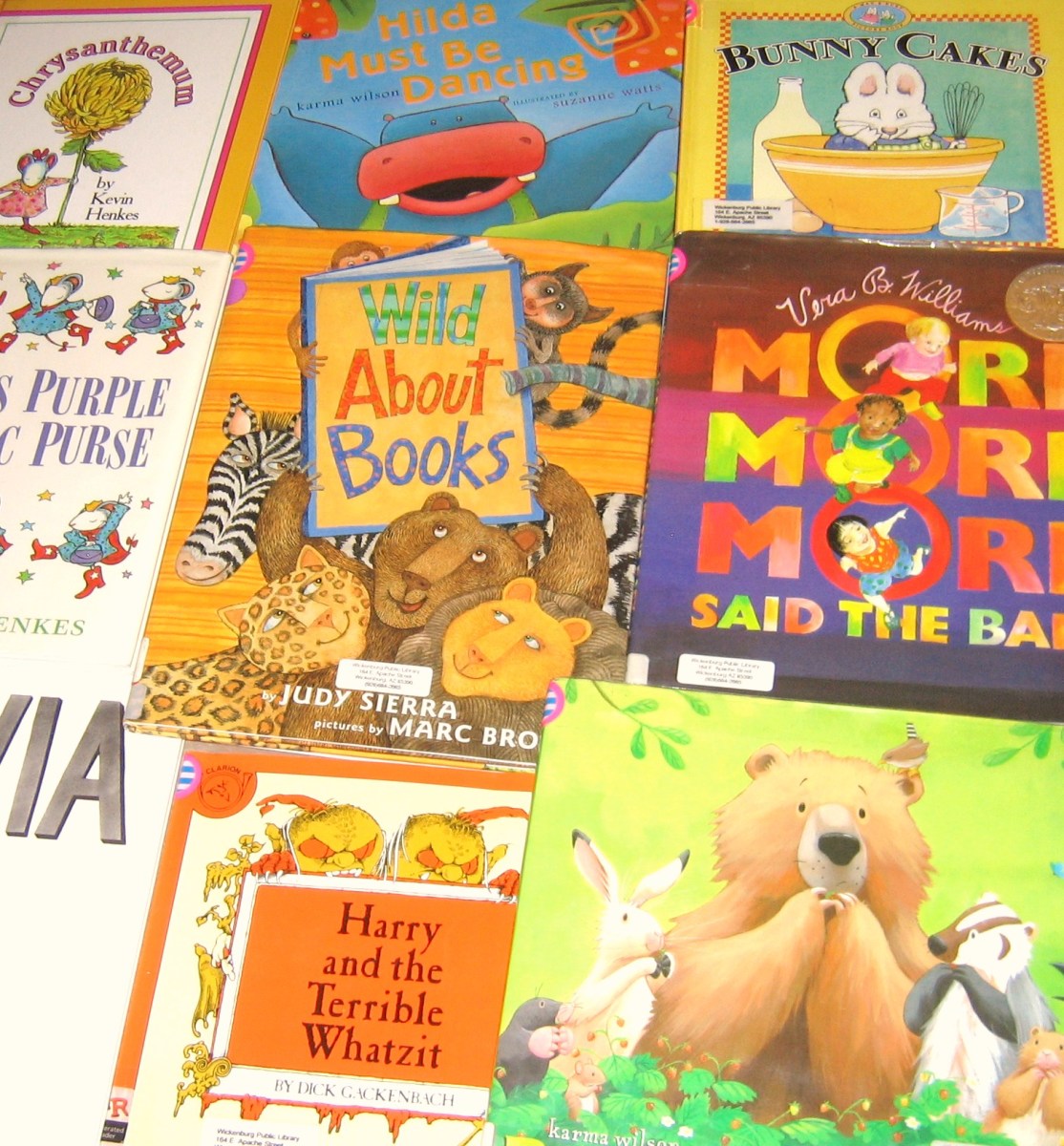Proper Care and Storage of Books in Your Home Library
Learn from Librarians

Care and Feeding of the Home Library
While many of us love to buy books, read books, and reread them, we often neglect giving our books the care they deserve. Whether a book is a first edition signed by the author or a beloved paperback from a used book store, give it some loving care and prolong its life.
Preventive Care for New Books
Book jacket covers are a wise investment to protect valuable hardcover books. Clear, library-quality book jackets can be wiped clean with a lint-free cloth and a small amount of rubbing alcohol as needed. Preserving the book jacket helps maintain the resale value of a hardcover book.
Keep a supply of bookmarks near all your favorite reading spots. Break the habit of dog-earing pages or using paper clips to mark your place. Never lay a book face down on a table to hold your place. The latter may cause any librarians standing nearby to gasp, hyperventilate, faint, or hit you with ruler.
In our eagerness to begin reading, few of us think about breaking in a new book. It takes just a few minutes and helps protect the book from damage later. Slip off the book jacket. Stand the book on its spine on a flat surface and open the front and back covers. Smooth the edges where the endpapers join the pages to the cover. Next, take about ten pages from the front of the book and let them fall to the front cover. Smooth these pages down, then do the same with a few back pages. Alternate front and back in this way until you reach the center of the book and all pages have been turned (Rosenberg & Marcowitz, 2002).
Maintenance of the Library
Dust books regularly with a lint-free cloth or use a vacuum attachment covered with cheesecloth to remove dust from books. Protect books from extremely high or low humidity and from extreme temperatures. Keep books out of direct sunlight, which will fade the covers.
Shelving for books should be glass, metal, or unpolished wood. Wood polishes can leave residue on books. Wood also absorbs moisture in humid environments. Allow sufficient shelving so that books are not crowded. When removing a book from a shelf, push back the books on either side so the book may be grasped by the covers and pulled off the shelf. Avoid pulling books out by the top edge of the spine (Library of Congress, n.d.).
Cleaning and Repair of Books
Art gum erasers remove most marks from books. An artist's kneaded eraser can also remove marks. Use erasers gently on pages and covers. Small amounts of glue can be used to reattach loose endpapers or peeling paperback covers. Apply glue with a toothpick in small spaces and use waxed paper to protect other pages from the adhesive. See the references below if you need detailed information on repairing various types of damage in paperbacks or hardbacks.
Moving, Shipping and Storage of Books
Books in transit need special care. Individually wrap hardcovers in brown paper, waxed paper, or tissue. Use many small boxes for moving to avoid dropping heavy boxes and damaging books (and toes.) Store books in climate-controlled areas; avoid sweltering attics, freezing sheds, and damp basements.
For shipping, wrap books individually, then pack in a box large enough to allow some cushion on all sides of the book, being especially mindful of the corners. Seal packages securely with plenty of packing tape.
Proper Care Preserves Value
Throughout most of human history, books were rare treasures. They were guarded by scribes, painstakingly copied by hand, chained to library tables, and taken as valuable spoils of war by conquering armies. Scholars treated their books with respect, and academic libraries still carefully preserve many important documents. Your home library is also a valuable treasure to you, your family and your friends. Just a small investment of time will keep those books in service for a long time.
References:
Library of Congress. (n.d.). Care, Handling and Storage of Books.
Rosenberg,M. & Marcowitz, B. (2002). The Care and Feeding of Books Old and New. New York: St. Martin's Press.
Fix Those Worn Books
Basics of Book Repair
Trade Used Books with Other Bibliophiles!
- Trade Books for Free, Book Swap, Trade Audiobooks PaperBack Swap
Trade books for free with our online book swap. We are not just Paperbacks! Enjoy easy 1:1 trades on hardbacks, audiobooks, textbooks, romance novels, sci-fi, homeschool books and more.









